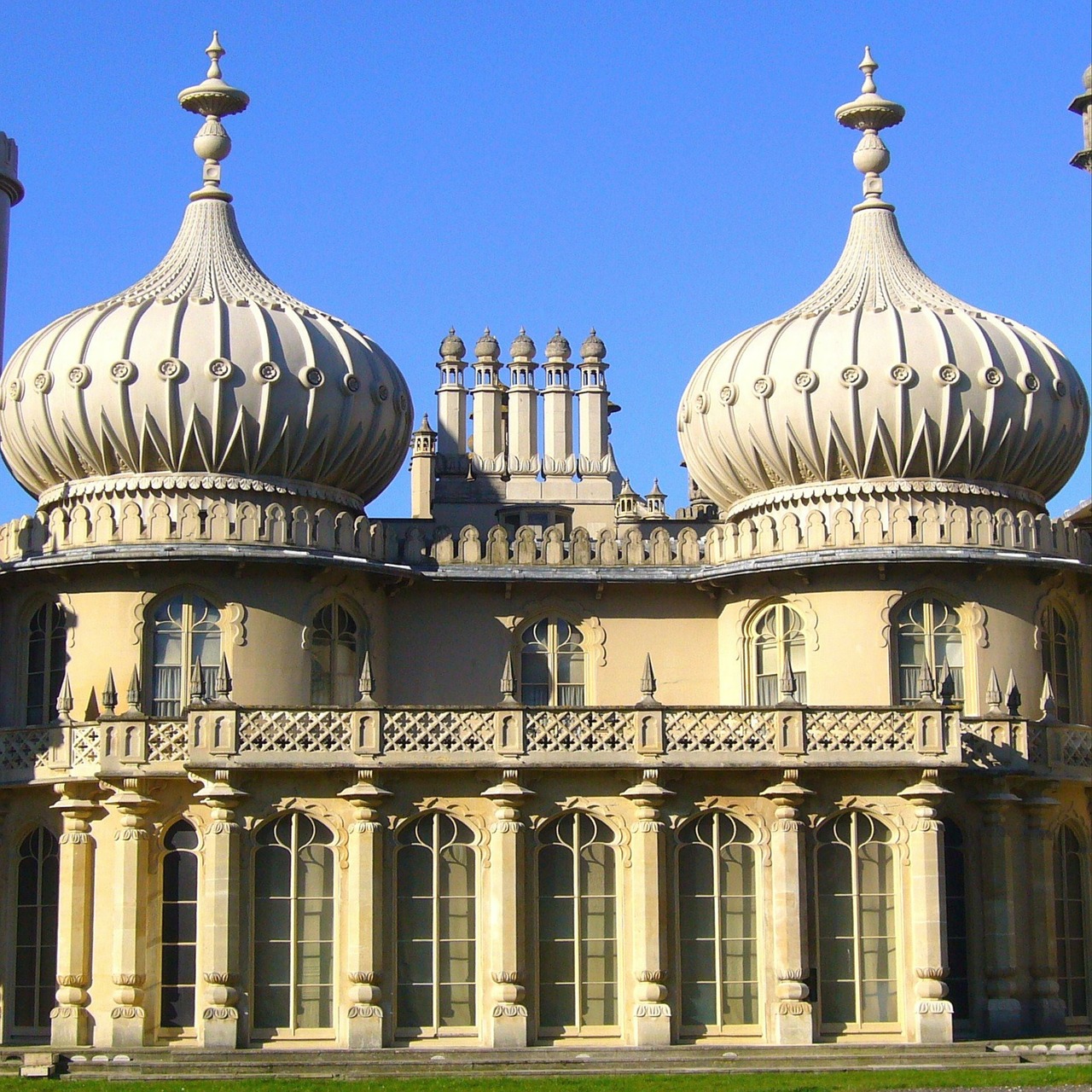Regency style
John Nash designed these Regency style row houses inside Regent's Park at Hanover Terrace.
Contents |
[edit] Introduction
Regency style is associated with the Regency era (1811 - 1820) which officially took place during King George III’s mental illness. This was the period when George IV was acting as Prince Regent in the United Kingdom.
One of the main influencing factors of the Regency style was the UK’s involvement in the Napoleonic Wars, which brought about shortages of some traditional building materials and high taxes on others. This reduced construction throughout the country up until victory at Waterloo in 1815. Much of the Regency architecture was built after this period using materials that had been adopted during the shortages.
Regency style is sometimes considered a progression, or part of, the Georgian period (which is generally considered to have begun in 1714 and lasted until approximately 1837).
As an aesthetic movement, Regency style refers not only to architecture but also other forms of design. This includes home furnishings (such as wallpaper, textiles furnishings and other aspects of the decorative arts) as well as painting and even clothing styles.
[edit] Classical revival
One form of Regency style architecture was distinguished by its late-Georgian treatment of classical revival architecture. Described as refined elegance, Regency architecture of the neoclassical style incorporates the simple symmetrical proportions and elements of Greek and Roman architecture.
While many Regency buildings served religious, educational, business and other official purposes, the style is also associated with upper and middle class housing of the period. During the Regency period homes were often brick constructions with the addition of decorative features. This is what separated them from their Georgian counterparts, which generally lacked ornamentation and had flat facades with windows and doors set back from the frontage.
Regency row houses (or terraced houses) built during this period became very popular, featuring symmetrical proportions and flat or shallow roofs. 
In Brighton, these Regency style townhouses are located on Marlborough Place.
Individual residences often had columns adjacent to the front door, which was topped by a fan window. The rows of houses were sometimes configured in the shape of a crescent and incorporated other elements of classical architecture at the entrance to the row.
Some typical neoclassical Regency style homes had tall, thin windows with small panes of glass. Some windows (particularly those facing onto the garden) extended all the way to the ground. Other homes had curved bow windows with simple proportions.
Balconies were another common feature of Regency homes. They were often made from fine ironwork, featuring delicate curves that harmonised the simple classical lines of the columns and windows.
[edit] Evolving Regency styles
Regency style later diverged from the classical approach into other stylistic revivals, including medieval (which was also referred to as Gothic Revival and lasted well into the Victorian period), Indian, Chinese and other international influences. These interpretations were adorned with fanciful columns, moulded cornices and other decorative elements made from modern materials, such as stucco or plaster instead of stone, strengthened with iron reinforcements.
This departure served as an exotic and eclectic contrast to the formality of the neoclassical approach and was incorporated into country homes associated with the picturesque and romantic movement in architecture, reflecting the public's taste for buildings inspired by medieval design and association with nature.
This style was promoted as an appropriate design for rural settings, with its complex and irregular shapes and forms fitting well into the natural landscape. Thus, the Gothic Revival Regency style was often chosen for country homes and houses in rural or small town settings.
[edit] John Nash and the Regency stye
John Nash was one of the leading architects of the Regency style. Nash (1752-1835) had a long and varied career which reached its pinnacle under the patronage of the Prince Regent (later King George IV).
Nash reinterpreted the Georgian style Royal Crescent of Bath for his creation of Regent’s Park and Regent Street (1811 onward) to produce what is considered a masterful combination of freedom and formality in the neoclassical adaptation of the Regency style.
At the other end of the Regency spectrum is the Royal Brighton Pavilion, which Nash worked on from 1815 to 1822. With Indian and Chinese influences and extravagant decorative interiors, the Pavilion epitomises the departure from the classical revival and the emergence of the more fanciful interpretation of the Regency style.
Designed by John Nash, the palace is in the middle of Brighton, and is striking for its Indo-Islamic exterior.
[edit] Related articles on Designing Buildings Wiki
Featured articles and news
Homes England creates largest housing-led site in the North
Successful, 34 hectare land acquisition with the residential allocation now completed.
Scottish apprenticeship training proposals
General support although better accountability and transparency is sought.
The history of building regulations
A story of belated action in response to crisis.
Moisture, fire safety and emerging trends in living walls
How wet is your wall?
Current policy explained and newly published consultation by the UK and Welsh Governments.
British architecture 1919–39. Book review.
Conservation of listed prefabs in Moseley.
Energy industry calls for urgent reform.
Heritage staff wellbeing at work survey.
A five minute introduction.
50th Golden anniversary ECA Edmundson apprentice award
Showcasing the very best electrotechnical and engineering services for half a century.
Welsh government consults on HRBs and reg changes
Seeking feedback on a new regulatory regime and a broad range of issues.
CIOB Client Guide (2nd edition) March 2025
Free download covering statutory dutyholder roles under the Building Safety Act and much more.
Minister quizzed, as responsibility transfers to MHCLG and BSR publishes new building control guidance.
UK environmental regulations reform 2025
Amid wider new approaches to ensure regulators and regulation support growth.
BSRIA Statutory Compliance Inspection Checklist
BG80/2025 now significantly updated to include requirements related to important changes in legislation.
























